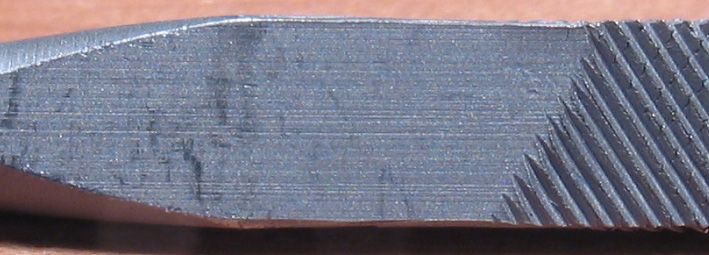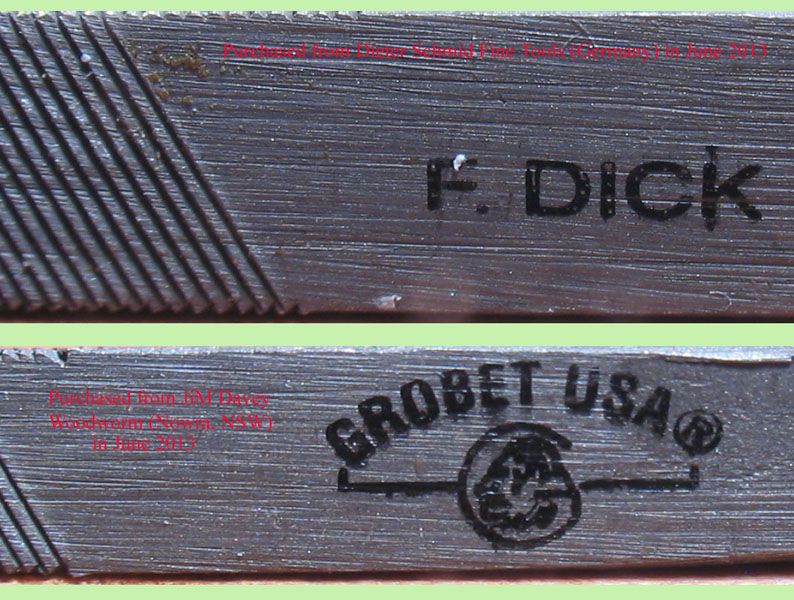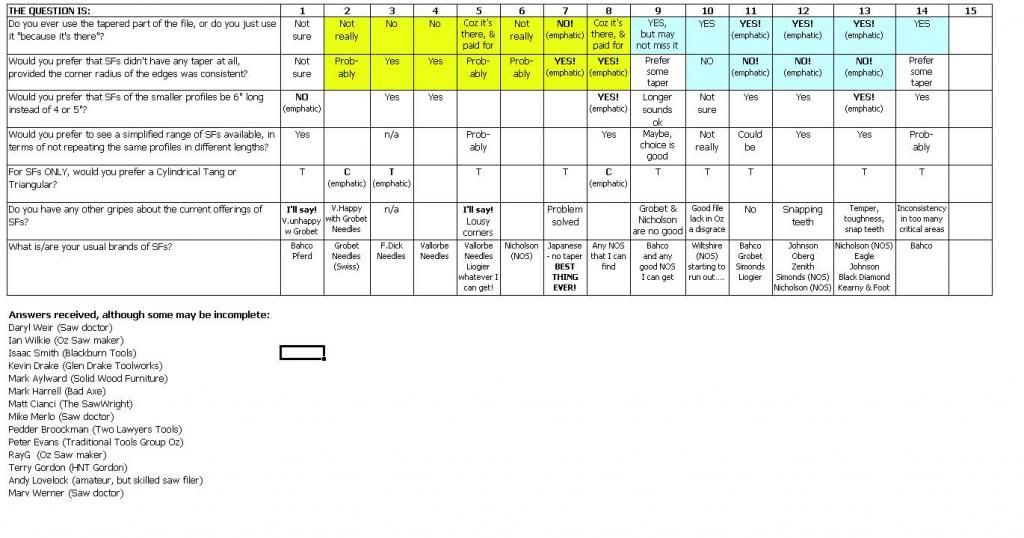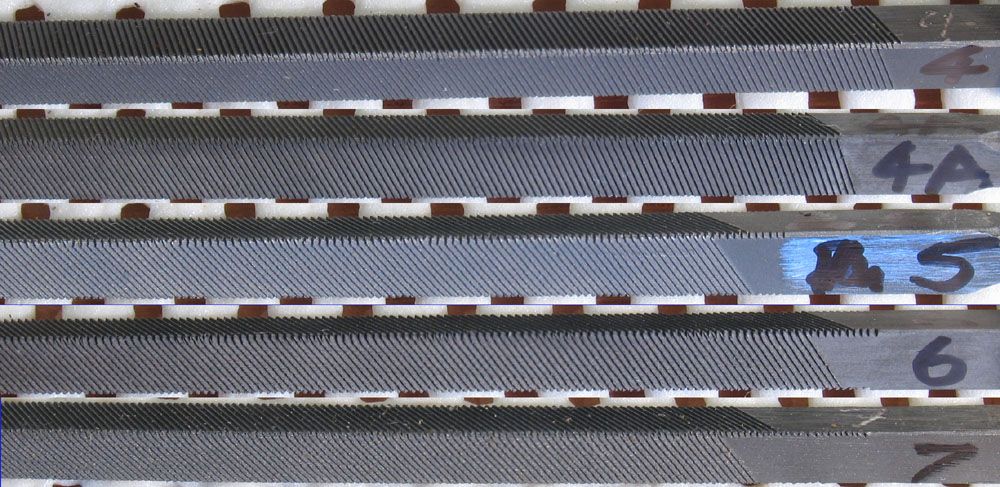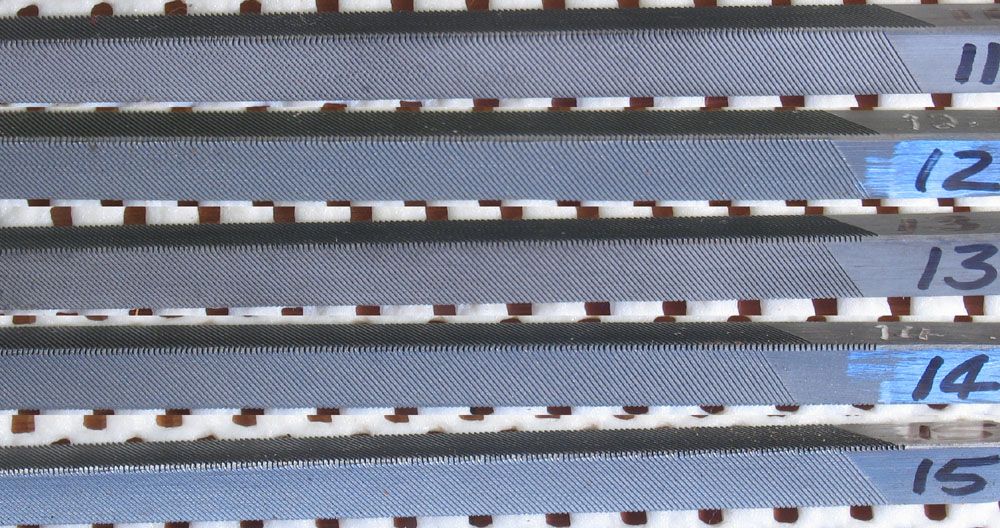Be careful when purchasing on the bay. I recently bought a box of "NOS 5" xx slim files made in the US." I asked if the files were stamped made in the USA. Seller said yes.
So I bought them. They arrived yesterday. They're going back today. Definitely NOT made in the US. The box says US, just not made in the US. In the fine print I found Mexico.
I'm giving the seller the benefit of the doubt that she didn't know where to look.





 Reply With Quote
Reply With Quote

